Search Images
Browse Content (p. 1159)
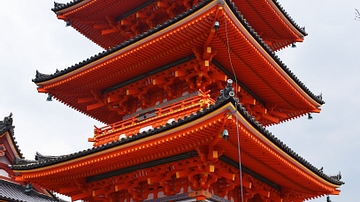
Image
Pagoda at Kiyomizu-dera Temple
The Kiyomizu-dera Temple ("Kiyomizudera" in Japanese) is known throughout Japan for its lovely panorama of the city of Kyoto. Founded in 778 CE and rebuilt in 1633 CE, the temple is situated on Mt. Otowa in Kyoto, Japan.
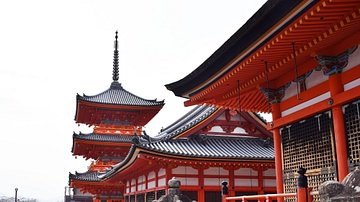
Image
Ancient Kiyomizu-dera Temple
Founded in 778 CE and rebuilt in 1633 CE, the Kiyomizu-dera Temple ("Kiyomizudera" in Japanese) is situated on Mt. Otowa and its main hall extends over a cliff. It is dedicated to Kannon, the goddess of mercy and compassion.
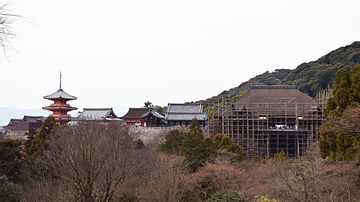
Image
Kyoto's Kiyomizu-dera Temple
Founded in 778 CE and rebuilt in 1633 CE, the Kiyomizu-dera Temple ("Kiyomizudera" in Japanese) is situated on Mt. Otowa and its main hall extends over a cliff. It is dedicated to Kannon, the goddess of mercy and compassion. Its large, wooden...
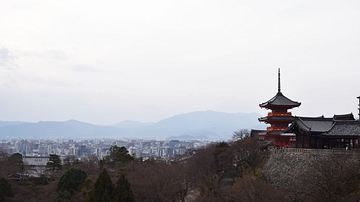
Image
View of Kiyomizu-dera Temple in Kyoto
The Kiyomizu-dera Temple ("Kiyomizudera" in Japanese) is known throughout Japan for its lovely panorama of the city of Kyoto. Founded in 778 CE and rebuilt in 1633 CE, the temple is situated on Mt. Otowa and its main hall extends over a cliff...
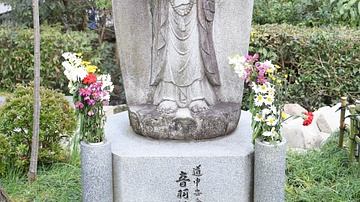
Image
Japanese Jizo Statue at Kiyomizu-dera Temple
This jizo statue is located at the Kiyomizu-dera Temple in Kyoto, Japan. The jizo are Bodhisattvas and thus the protectors of the weak, injured, travelers, women, and unborn children. A large number of jizo statues commemorate children who...
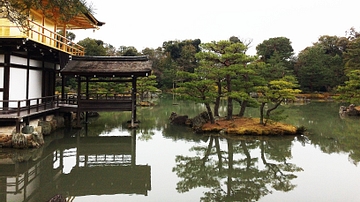
Image
Side View of Kinkakuji Temple
Kinkakuji Temple or the "Temple of the Golden Pavilion" was constructed in the 1390s CE as the retirement villa for Shogun Ashikaga Yoshimitsu (r. 1368–1394 CE). While Japan suffered warfare, plague, deteriorating economic conditions, and...

Image
Kyoto's Kinkakuji Temple Compound
Kinkakuji Temple or the "Temple of the Golden Pavilion" was constructed in the 1390s CE as the retirement palace for Shogun Ashikaga Yoshimitsu (r. 1368–1394 CE). It is surrounded by the waters of a calm pond, tea houses, and gardens. It...
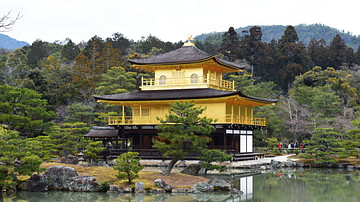
Image
Kinkakuji Temple in Kyoto, Japan
Kinkakuji Temple or the "Temple of the Golden Pavilion" was constructed in the 1390s CE as the retirement villa for Shogun Ashikaga Yoshimitsu (r. 1368–1394 CE). It is comprised of a three-story pavilion — covered in luxurious gold leaf...
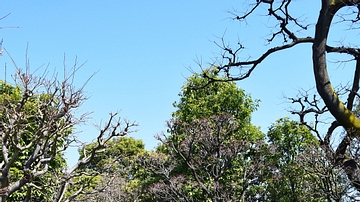
Image
Gardens around Tokyo's Sensoji Temple
Dedicated to the Boddhisattva Kannon, Sensoji Temple was founded in 645 CE in what's present-day Tokyo, Japan. It is surrounded by elegant Japanese gardens and other temples.
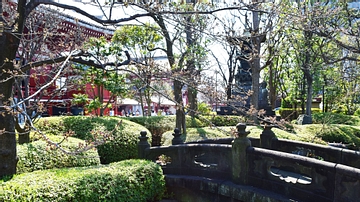
Image
Japanese Gardens around Sensoji Temple
Founded in 645 CE, Sensoji Temple is the oldest and most important Buddhist temple in Tokyo, Japan. It is surrounded by gardens, other temples, and the Asakusa Shinto Shrine.